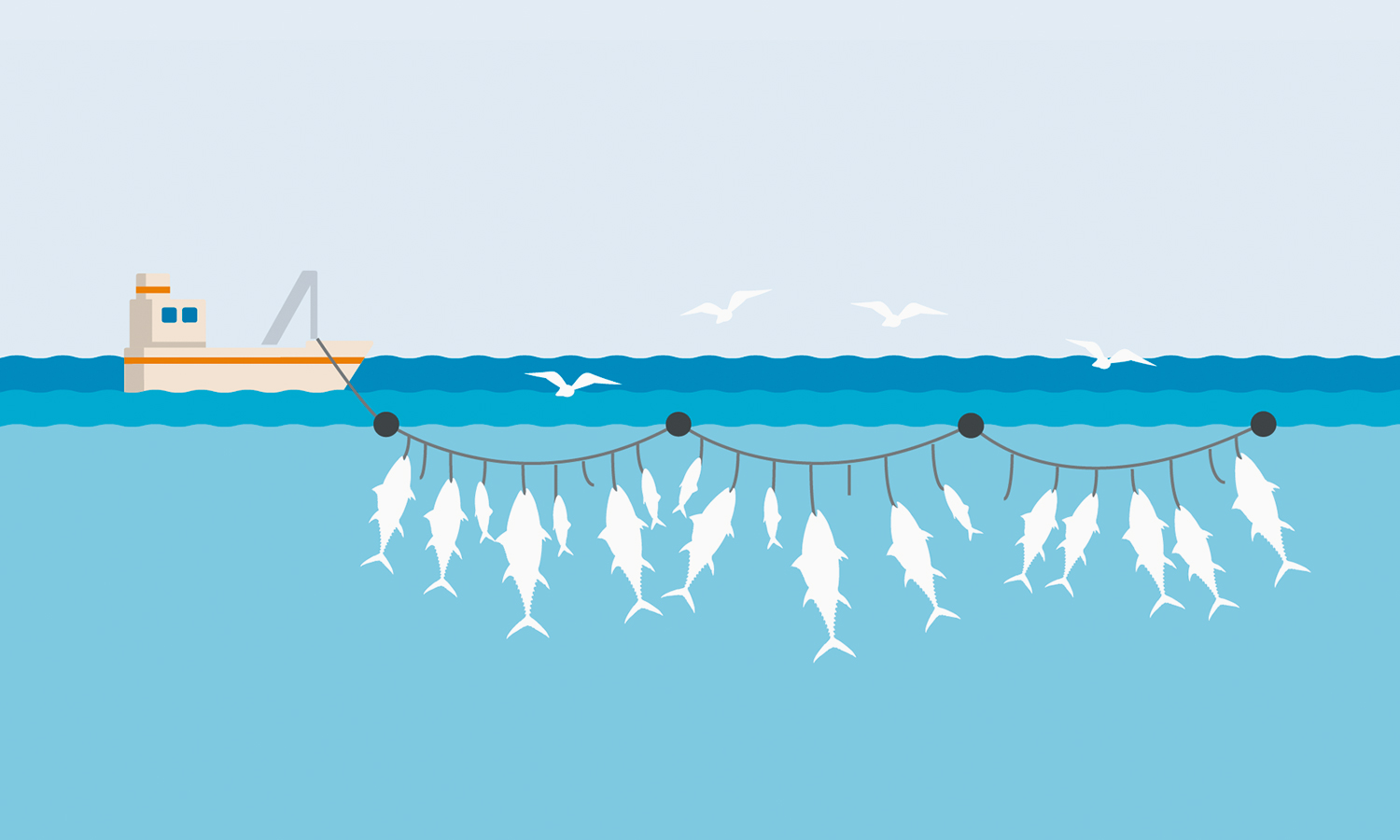

Arabian Sea hosts a non-migratory population of Arabian Humpback Whales adhering to a Northern Hemisphere breeding cycle.
The habitats of whales, dolphins and porpoises often overlap with human activities that can have harmful impacts on individual cetaceans and populations as a whole.
In the same context, Port of Duqm Company stated on Tuesday that the Oman Stranding Network was alerted about an entangled Arabian Sea Humpback Whale which got stranded at the port on Monday night. It said specialists and volunteers from the Environment Authority, Five Oceans Environmental Services LLC and Future Seas, supported by the Environment Society of Oman (ESO) and Port of Duqm conducted a complicated rescue effort describing the incident that “sadly highlights the dangers of abandoned fishing near our marine environment.”
POPULATION

Arabian Sea humpback whales are one of the smallest and potentially the most vulnerable whale populations in the world, numbering fewer than 100 individuals in Oman.
Experts’ analysis of the injuries found on the stranded whales, in general, indicate that they were caused by entanglement in fishing gear. In 2019 alone, the Environment Society of Oman (ESO) coordinated the removal of over 390 tonnes of abandoned fishing gear from Masirah island and have embarked on behavioral change campaigns targeting fishermen to reduce the impact of net entanglements and move towards safe disposal of nets. Officials say threats to whales in this region are significant, with measurable consequences for the health of the population.
Various forms of fishing gear such as gillnets, driftnets, traps, weirs, purse-seine nets, long-lines, trawls and others were caught up causing entanglement that may lead to suffocation and death of whales, dolphins and porpoises. Globally, over 300,000 small cetaceans die each year due to entanglement in fishing gear.
ENORMOUS CREATURES

Humpback whales are enormous creatures, about the size of a school bus. They are known for their haunting and melodic songs and for breaching the water with amazing acrobatic abilities. Humpbacks don’t normally have a hump on their backs; the name comes from the large hump that forms when they arch their backs before making a deep dive into the ocean.
Arabian humpbacks, however, inhabiting the Arabian Sea, are a small sub-population of humpback whales, which are the most genetically distinct and are considered to be the most isolated whale population on Earth. A population estimation study suggests that they have remained separate from other humpback whale populations for perhaps 70,000 years, which is extremely unusual in a species famed for long-distance migrations.
Entanglement in commercial fishing and aquaculture gear (both active and derelict) can cause significant injuries to whales, affecting their ability to swim and feed. Worldwide, both entanglement and by-catch in fisheries operations pose a major risk for 86 per cent of the world’s toothed whales, according to the Convention on the Conservation of Migratory Species of Wild Animals.
Oman Observer is now on the WhatsApp channel. Click here



